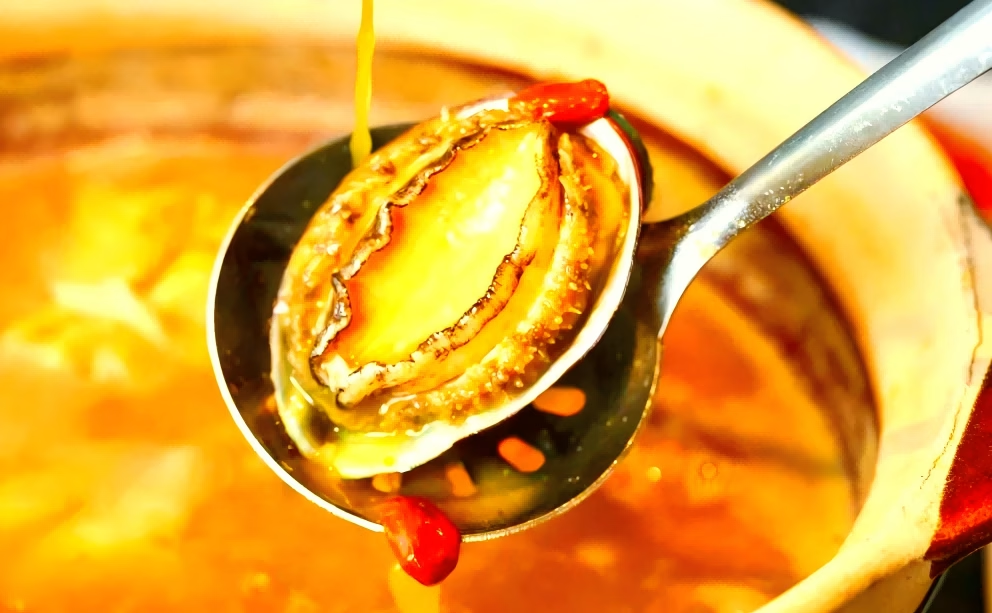What dishes often require thickening? Thick soups like meat stew, oyster noodles, and corn chowder, as well as thicker sauces like beef risotto, are examples.
When it comes to thickening, many people immediately think of cornstarch, a classic thickening ingredient. But where did its name come from? Besides starches like cornstarch, what other natural ingredients can be used for thickening?
What are the ingredients for cornstarch?
Have you ever tried cornstarch made from kudzu ginseng (also known as “starch yam” or “arrow taro”? Kudzu ginseng, also known as “white yam” or “arrow taro,” has a swollen tuber rich in starch, making it a grain substitute. It was also the primary ingredient in early cornstarch.
Because kudzu ginseng is also called “white yam,” the flour made from it was called cornstarch. However, today, commercial cornstarch products include cassava flour and other flours that can also be used for thickening.
Kudzu ginseng
Fresh kudzu ginseng has a sweet and crispy taste and can be steamed, roasted, or boiled, served with salt or garlic and soy sauce. It can also be cut into pieces and added to meat stews. Alternatively, kudzu ginseng can be blended with water until it becomes a paste, filtered, washed, and then dried to make kudzu ginseng cornstarch.
Beyond using it as a thickening agent in dishes, it can also be used for brewing, drinking, or making ice cream or alcoholic beverages.
What natural ingredients can be used to thicken dishes?
Actually, many natural ingredients can help thicken dishes.
Chinese Yam
Chop and puree with water, using a 1:1 ratio of water to yam. The recommended ratio of pureed yam to the broth to be thickened is 1:6-10. This results in a thicker broth. Yam doesn’t affect the flavor of the original dish and creates an ideal consistency, making it one of the best natural thickeners.
Potatoes
Cut the potatoes into small pieces and cook them with the dish. Once they’re gelatinized, mash them with a spoon and blend them into the broth to thicken the broth. Potatoes oxidize easily, so pureeing them beforehand is not recommended.
White Fungus
Add water to just cover the fungus. Bring to a boil, then reduce heat and continue to simmer for about 20 minutes. Remove from heat and simmer uncovered for at least 20-30 minutes. The longer you simmer, the better. If using dried white fungus, soak it before cooking.
Or, steam it twice or three times in a rice cooker. Once the liquid is thick enough, use it to thicken the sauce. White fungus is rich in dietary fiber and adds flavor and nutritional value to dishes.
Enoki mushrooms
Puree with water and use for thickening, but using enoki mushrooms for thickening will have a distinct flavor. Avoid preparing large quantities at once. It’s best to use fresh during the meal to avoid spoilage due to improper storage.
Okra
Chop and soak okra in a ratio of 4 stalks of okra to 1 bowl of water. Seal in a container and refrigerate for at least 4 hours. This will create a thick liquid. You can add the okra to the dish or strain the liquid for thickening. Okra also provides the desired thickness.


Leave a Reply